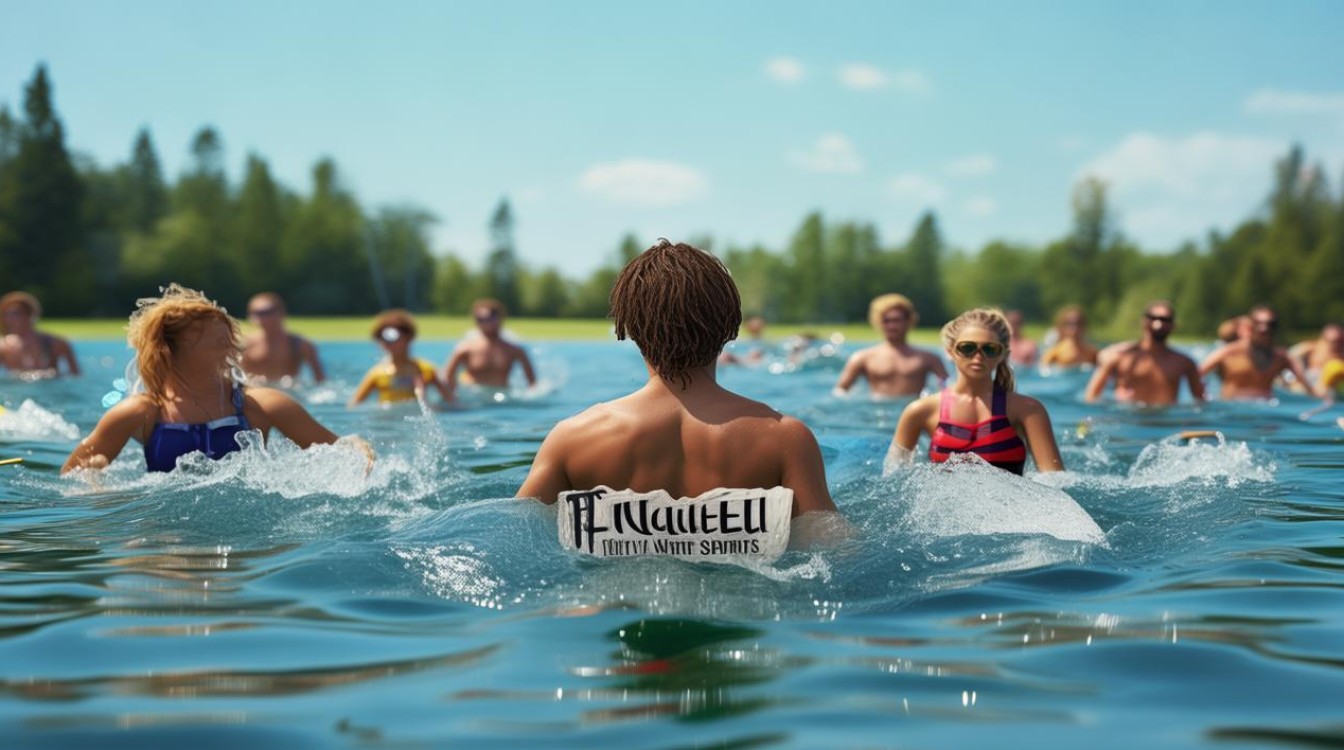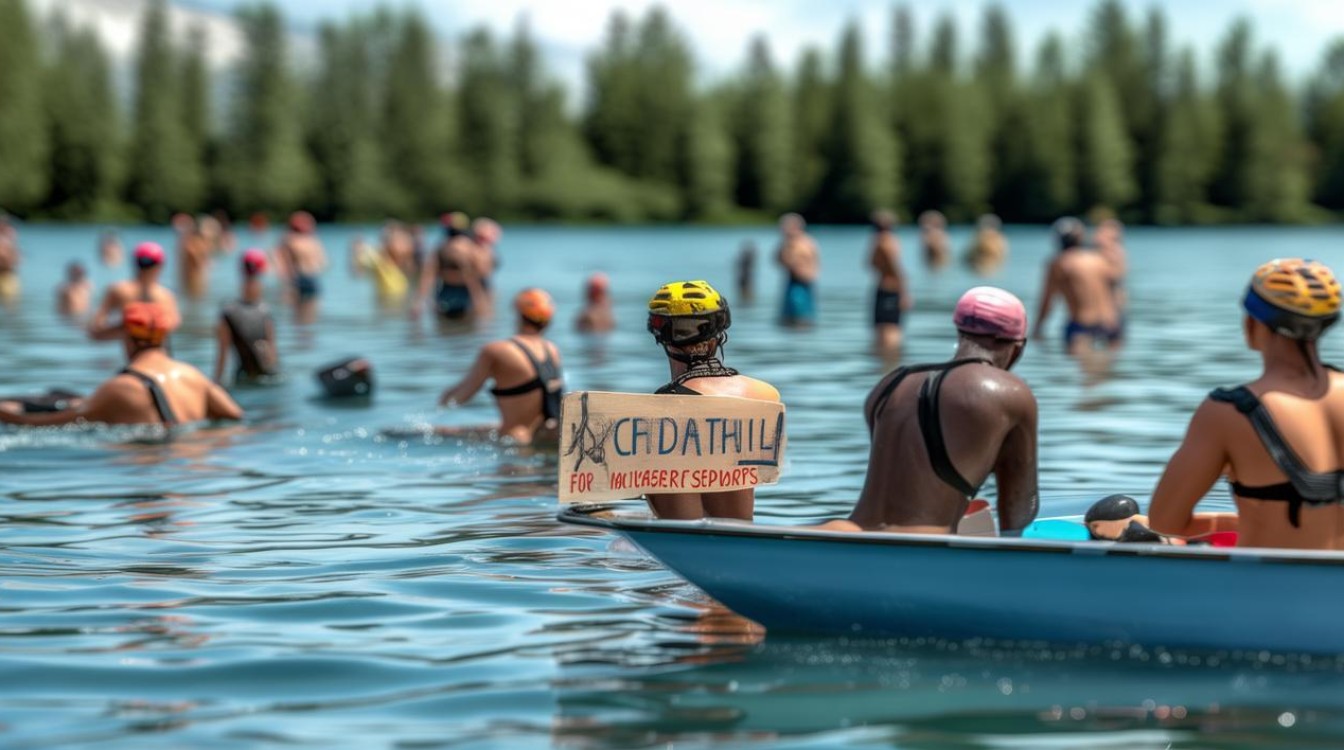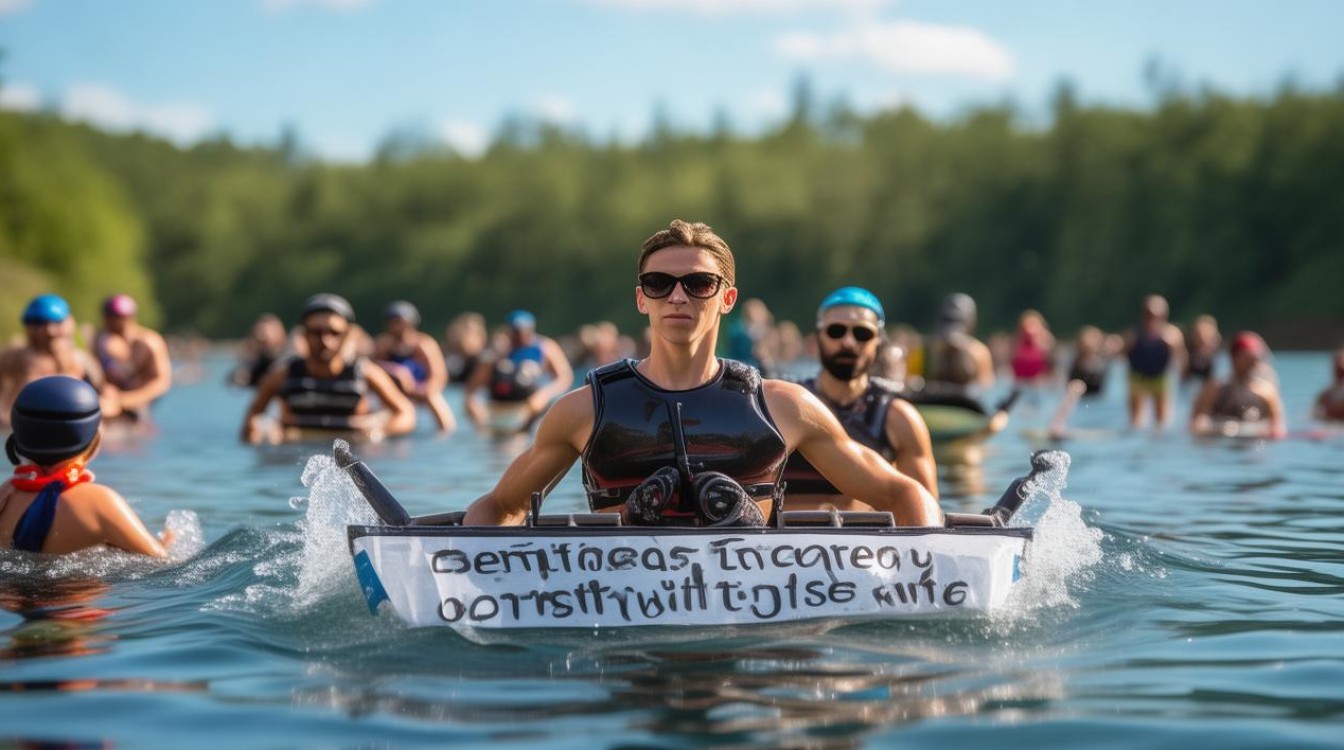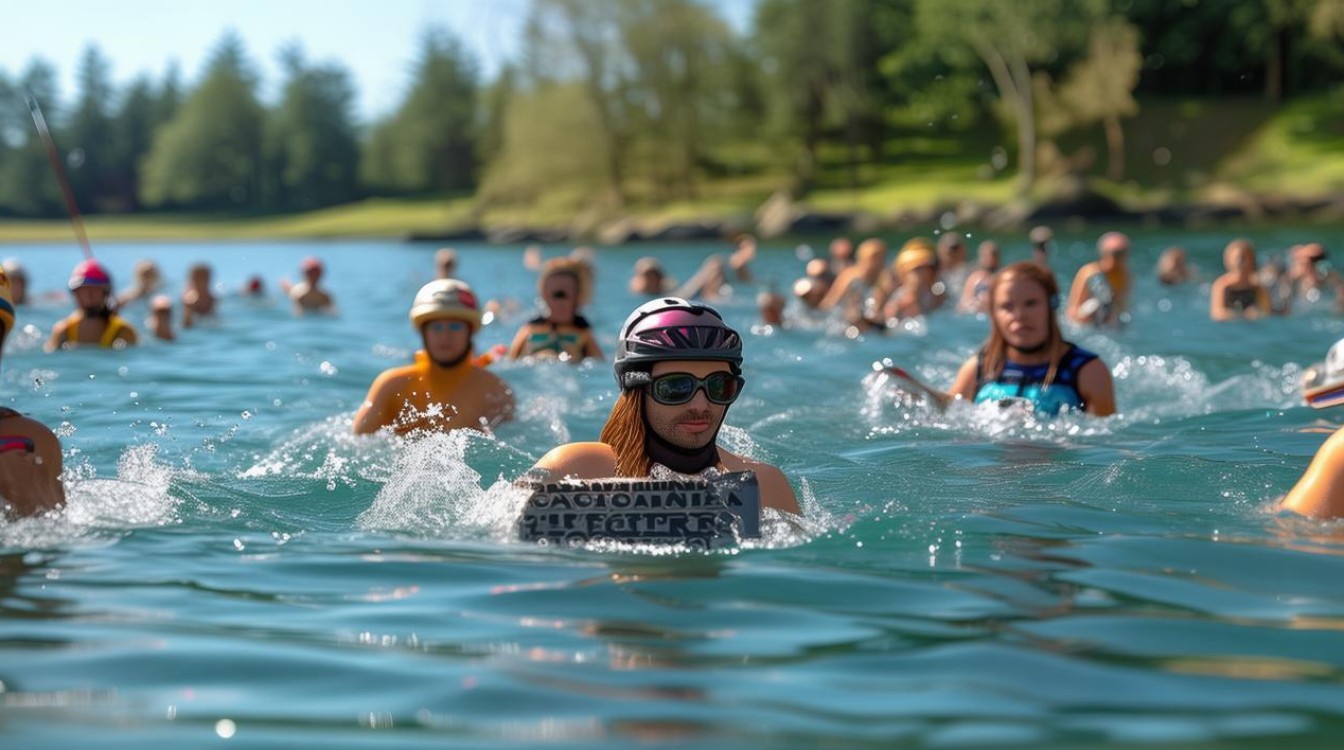Water sports offer thrilling experiences, from the adrenaline rush of surfing to the tranquility of paddleboarding. Whether you’re a beginner or an enthusiast, mastering the relevant English vocabulary enhances your enjoyment and communication. Here’s a comprehensive guide to key terms across popular water activities.

Surfing
Surfing combines skill, balance, and wave-reading. Key terms include:
- Wave: The moving swell of water surfers ride.
- Break: Where waves start to crest, ideal for surfing.
- Barrel: A hollow part of a wave, a surfer’s dream.
- Leash: A cord attaching the surfboard to the surfer’s ankle.
- Wipeout: Falling off the board while riding a wave.
Understanding these terms helps surfers discuss conditions and techniques. For example, a "clean barrel" describes a perfectly formed wave, while "choppy" means rough, uneven water.
Swimming
Swimming terms are useful for training or leisure:
- Freestyle: The fastest stroke, also called front crawl.
- Butterfly: A challenging stroke with simultaneous arm movements.
- Lap: One length of the pool.
- Flip Turn: A tumble turn at the pool wall to reverse direction.
- Drafting: Swimming closely behind another to reduce resistance.
Competitive swimmers often use phrases like "personal best" (PB) or "negative split" (swimming the second half faster than the first).
Scuba Diving
Diving introduces a unique lexicon:
- Buoyancy: The ability to float or sink controllably.
- BCD (Buoyancy Control Device): Adjusts a diver’s buoyancy.
- Decompression Stop: A pause during ascent to avoid decompression sickness.
- Coral Bleaching: When corals lose color due to stress.
- Nitrogen Narcosis: A euphoric state caused by deep diving.
Divers prioritize terms like "buddy system" (diving with a partner) and "no-decompression limit" (safe time underwater).

Kayaking & Canoeing
Paddling sports share terminology but differ in equipment:
- Paddle: Used to propel the boat (kayaks use double-bladed paddles; canoes use single-bladed).
- Rapid: Fast-moving, turbulent water.
- Portage: Carrying the boat over land between waterways.
- Eddy: A calm spot behind an obstacle, used for resting.
- J-Stroke: A canoeing technique to maintain a straight course.
Enthusiasts discuss "whitewater" (rough river sections) or "flatwater" (calm lakes).
Sailing
Sailing blends wind power and navigation:
- Tack: Changing direction by turning the bow through the wind.
- Jibe: Turning the stern through the wind.
- Keel: A fin under the boat for stability.
- Mainsail: The primary sail attached to the mast.
- Starboard: The right side of the boat (when facing forward).
Phrases like "running before the wind" (sailing with the wind directly behind) or "heeling" (the boat leaning from wind pressure) are common.
Stand-Up Paddleboarding (SUP)
SUP has grown rapidly, with terms like:
- Stance: Foot positioning (parallel or staggered).
- Paddle Grip: Holding the paddle correctly for efficiency.
- Swell: Rolling waves, distinct from choppy water.
- Draft: The board’s thickness affects stability.
Beginners focus on "balance" and "stroke technique," while advanced paddlers explore "downwinding" (riding wind-driven waves).

Water Polo
This team sport uses specialized vocabulary:
- Cap: A numbered swim cap identifying players.
- Eggbeater: A treading water technique using alternating legs.
- Exclusion: A temporary penalty for fouls.
- Man-Up: A power play when the opposing team has a player ejected.
Coaches emphasize "set position" (offensive player near the goal) or "press defense" (guarding opponents closely).
Windsurfing
Combining surfing and sailing, windsurfing terms include:
- Mast: The vertical pole supporting the sail.
- Boom: The horizontal bar the rider holds.
- Harness: A vest transferring wind force to the body.
- Planing: Riding swiftly over the water’s surface.
Phrases like "uphaul" (lifting the sail from the water) or "clew-first" (sail position) are essential.
Wakeboarding & Waterskiing
Motorized towing sports share terms:
- Handle: The grip towed by the boat.
- Bunny Slope: A beginner’s slow-speed area.
- Edge: Tilting the board to cut through water.
- Slalom: Skiing with one ski on a zigzag course.
Tricks like "ollie" (jumping without a wake) or "180" (a half spin) are popular.

Freediving
Breath-hold diving has unique terms:
- Apnea: The act of holding one’s breath underwater.
- Equalization: Balancing ear pressure during descent.
- Spleen Contraction: A physiological adaptation to deep diving.
- Blue Water Hunting: Spearfishing in open ocean.
Divers monitor "static apnea" (breath-holding while still) or "dynamic apnea" (swimming underwater horizontally).
Mastering these terms enriches your water sports experience, whether you’re chatting with fellow enthusiasts or reading instructional guides. Clear communication ensures safety and fun, so dive into the vocabulary and ride the waves of knowledge.
Water sports unite people across cultures, and language should never be a barrier. With these words in your toolkit, you’re ready to make a splash—literally and linguistically.





